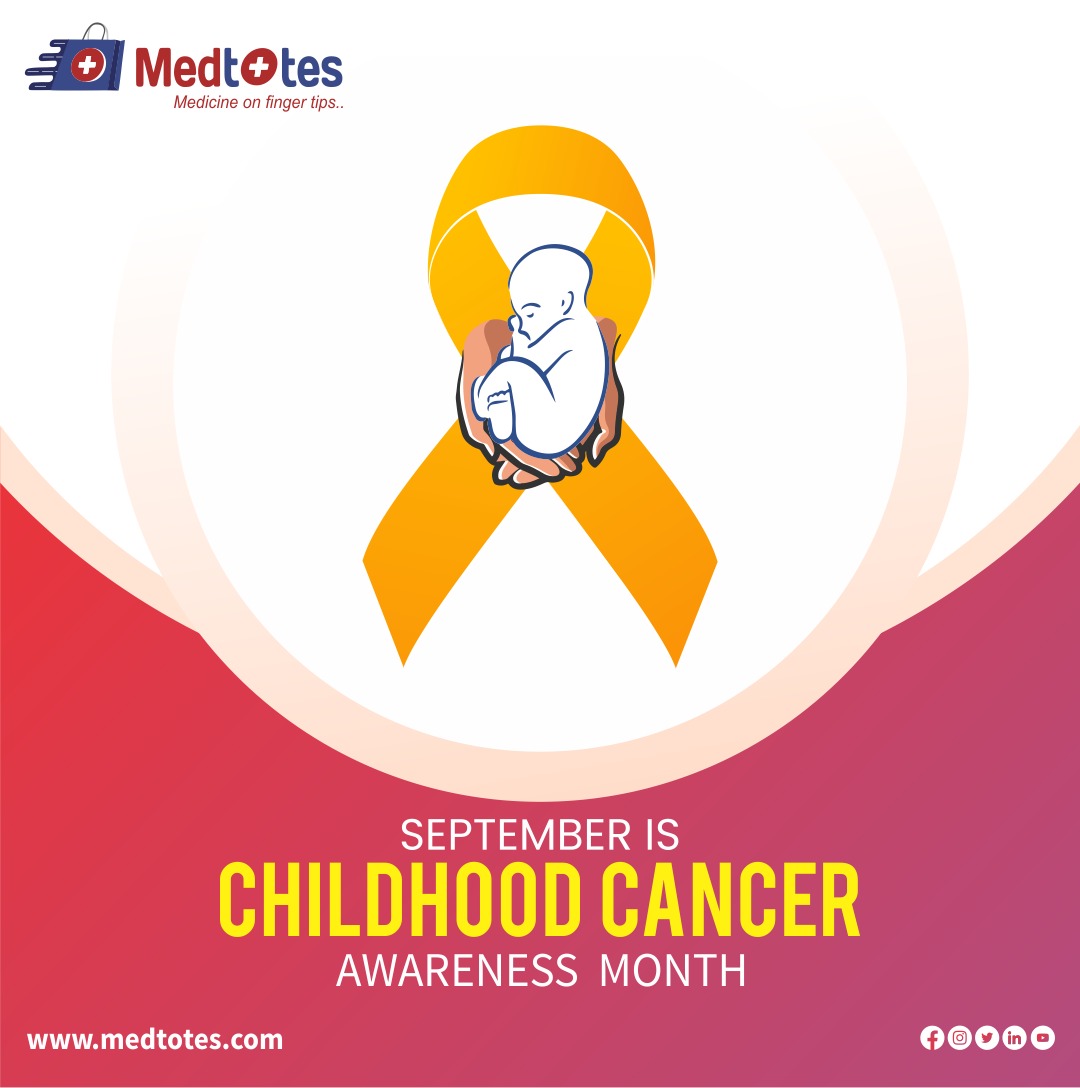I. INTRODUCTION
Childhood cancer is a terrible disease that affects thousands of children throughout the world. It is characterised by aberrant cell proliferation in numerous parts of the body and can emerge as leukaemia, brain tumours, or neuroblastoma. This sickness not only has a negative influence on the physical health of the kid, but it also has an emotional impact on their family and loved ones. Despite breakthroughs in medical research and treatment choices, paediatric cancer is a major public health concern that needs more awareness and support for afflicted children and their families.
II. UNDERSTANDING CHILDHOOD CANCER
- Childhood cancer refers to malignancies that develop in children and adolescents under the age of 18.
- The most prevalent kinds of childhood cancer include leukaemia, brain and central nervous system cancers, neuroblastoma, Wilms tumours, and lymphoma.
- Along with their families, children with cancer frequently confront severe physical, emotional, and financial obstacles.
- Early identification and treatment are critical to boosting survival rates and decreasing long-term consequences.
- We can make a big difference in the lives of these courageous young warriors and their loved ones by educating the public about the effects of childhood cancer and the need for funding research.
III. SIGNS AND SYMPTOMS OF CHILDHOOD CANCER
- Unexplained weight loss or appetite loss
- Persistent tiredness or weakness
- Pale skin or easily bruised
- Lumps or lumps in the abdomen, neck, or other body areas
- Infections or diseases that reoccur
- Persistent headaches or changes in eyesight
- Unknown pain or limping
- Behavior or personality changes
- Constant vomiting or nausea
- Swelling or discomfort in the bones or joints
It’s crucial to remember that these signs and symptoms might differ depending on the type of cancer and the stage at which it’s detected. Furthermore, some of these signs and symptoms may be symptomatic of other medical issues; therefore, it is critical to seek the advice of a healthcare expert for an appropriate diagnosis.
IV. TREATMENT AND RESEARCH
Cancer treatment and research alternatives have evolved dramatically in recent years. Treatment may include surgery, chemotherapy, radiation therapy, immunotherapy, or a combination of these techniques, depending on the kind and stage of cancer. The objective of therapy is to eliminate or destroy cancer cells and keep them from spreading. Ongoing research attempts to produce tailored medicines that attack cancer cells while sparing healthy cells. Clinical trials are extremely important for assessing novel medicines and improving cancer patient outcomes.
V. CONCLUSION
In conclusion, innovations in cancer treatment have resulted in dramatically improved patient outcomes over time. However, further research and clinical trials are needed to produce more focused medicines that may successfully kill cancer cells while causing no damage to healthy cells. We can aspire to improve the effectiveness of cancer therapies and, eventually, find a cure by continuing to invest in research and innovation.

